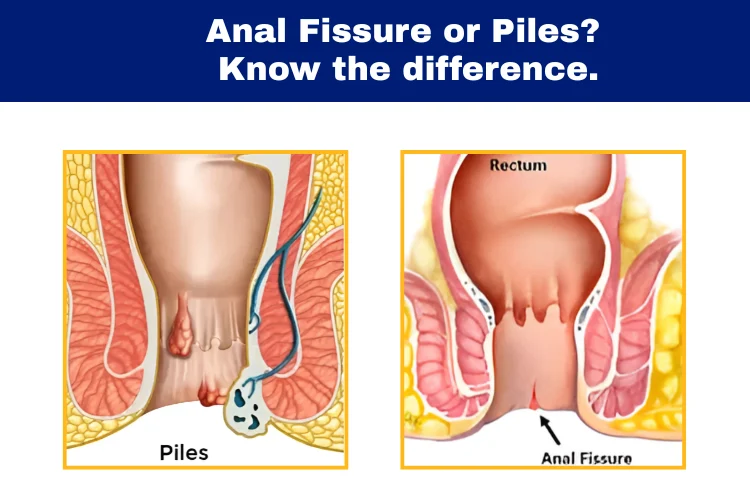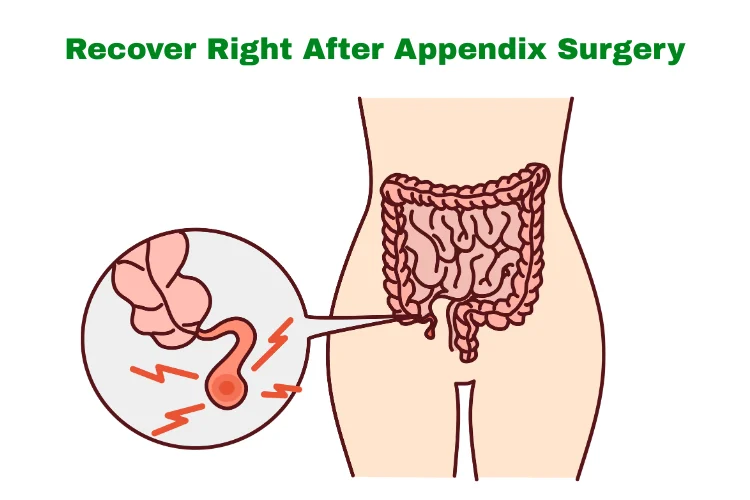Appendicitis is a common and potentially serious medical condition that occurs when the appendix becomes inflamed. Though it can affect individuals of all ages, its presentation and management can differ significantly between adults and children. Understanding these differences is crucial for accurate diagnosis and treatment. This blog will explore the distinctions between appendicitis in adults and children, outline symptoms, treatment options, and provide guidance on managing the condition.
Understanding Appendicitis
Appendicitis refers to inflammation of the appendix, a small organ attached to the large intestine. Though the exact cause isn’t always clear, it’s typically linked to blockage or infection. If untreated, the condition can lead to a ruptured appendix, causing complications like peritonitis or sepsis, both of which can be life-threatening. Recognizing symptoms early is key to effective management.

Key Differences in Appendicitis Between Adults and Children
1. Symptoms and Diagnosis
Adults:
In adults, the condition commonly presents with abdominal pain that often starts near the belly button and moves to the lower right side. Other symptoms may include nausea, vomiting, fever, and loss of appetite.
Children:
In children, symptoms can be less specific. Younger children might have difficulty pinpointing the location of the pain, leading to more generalized discomfort. They may also exhibit irritability, poor feeding, and changes in bowel habits, making diagnosis more challenging.
Diagnosis
Diagnosis usually involves a clinical exam, blood tests, and imaging. In adults, a CT scan is often the preferred method. For children, ultrasound is commonly used to reduce radiation exposure, though CT scans may still be needed in certain cases.
2. Causes and Risk Factors
Adults:
In adults, a blockage caused by stool or inflammation is often the main cause of the condition. Risk factors may include family history or certain infections.
Children:
For children, causes are often similar but may also include infections. Family history plays a lesser role compared to adults, but it can still be a contributing factor.
3. Treatment Options
Adults:
For adults, surgery (appendectomy) is the standard treatment. This can be performed either through open surgery or minimally invasive laparoscopic surgery. Antibiotics are also typically administered to prevent or manage infection.
Children:
In children, treatment also involves surgery. Laparoscopic methods are often preferred for their quicker recovery times. Antibiotics are similarly used both before and after surgery to reduce the risk of complications.
4. Recovery and Aftercare
Adults:
Recovery from surgery in adults typically involves a hospital stay of 1 to 3 days, with a gradual return to normal activities over 2 to 4 weeks.
Children:
Children often recover faster, with shorter hospital stays and a quicker return to school and daily activities, usually within 1 to 2 weeks.
5. Potential Complications
Adults:
If not treated promptly, the condition can lead to complications such as infection, abscess formation, and bowel obstruction. Early treatment helps reduce these risks.
Children:
Children may face similar risks, but early intervention generally results in fewer complications and faster recovery.
Preventive Measures and Conclusion
Though it’s difficult to prevent appendicitis, maintaining a healthy diet with adequate fiber can promote good bowel function and reduce the risk of blockages that may lead to inflammation.
In conclusion, while the condition affects both adults and children, the symptoms, diagnosis, and treatment can vary. Early recognition is crucial for avoiding complications and ensuring a smoother recovery. If you or someone you know is experiencing symptoms, seeking prompt medical attention is vital.
For more information, visit Gutcare Clinic’s, where our specialists provide comprehensive care for conditions like appendicitis.
1. What are the common symptoms in adults?
Abdominal pain, nausea, vomiting, and fever are typical, with pain often concentrated in the lower right abdomen.
2. How is appendicitis treated in children?
Surgery is the main treatment, often performed laparoscopically to minimize recovery time.
3. Can appendicitis be managed without surgery?
In some cases, antibiotics may be used to treat mild cases, but surgery is the definitive treatment.
4. How long does recovery take?
Adults typically recover in 2 to 4 weeks, while children often recover faster, within 1 to 2 weeks.
5. Is there a genetic link to appendicitis?
While genetics can play a role, especially in adults, the condition is not primarily hereditary.




